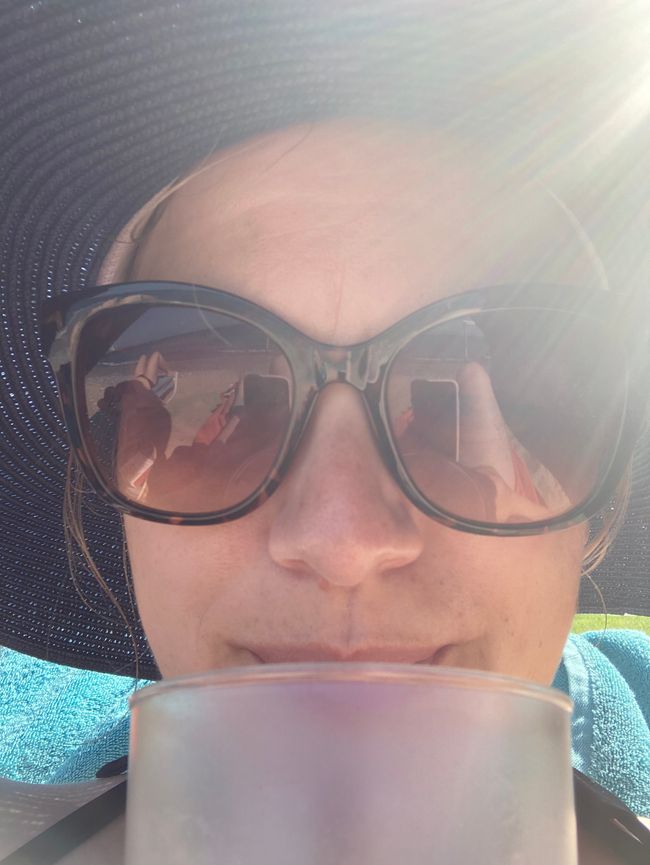Day 10 - A Rainy Day in Hoi An
ಪ್ರಕಟಿಸಲಾಗಿದೆ: 02.02.2023
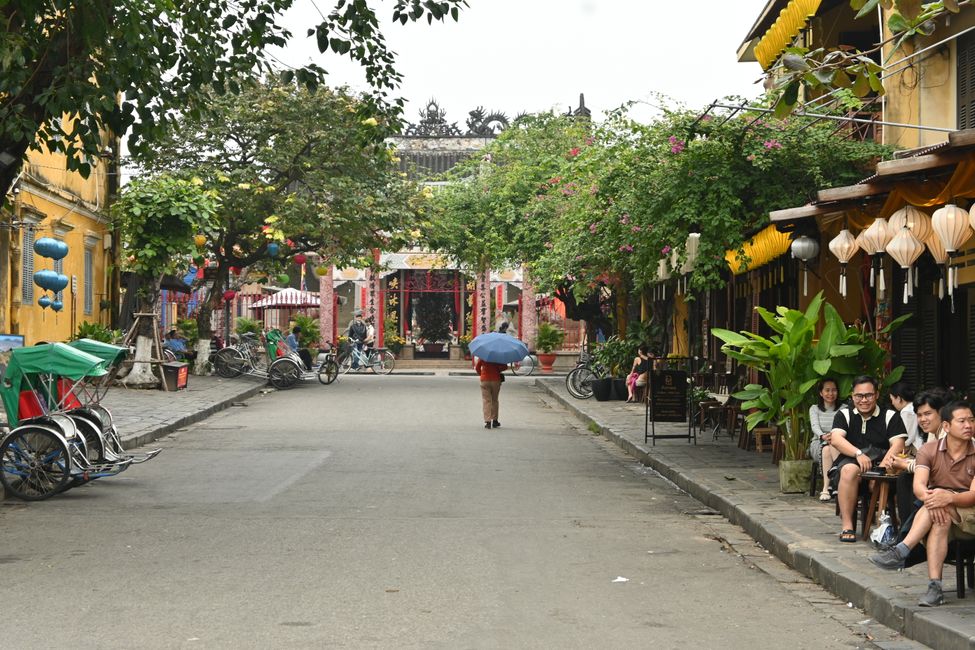
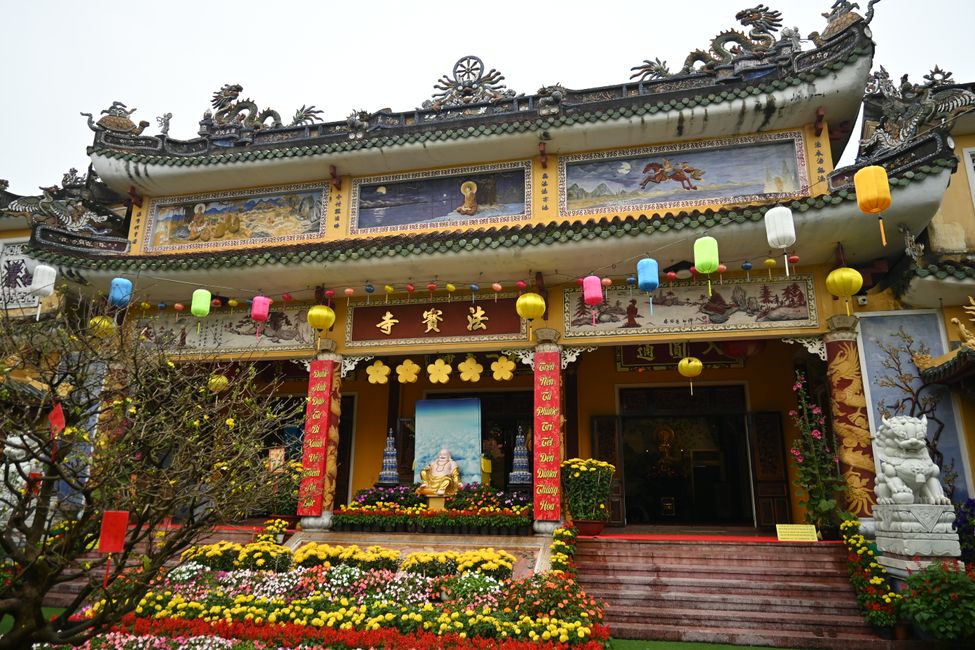
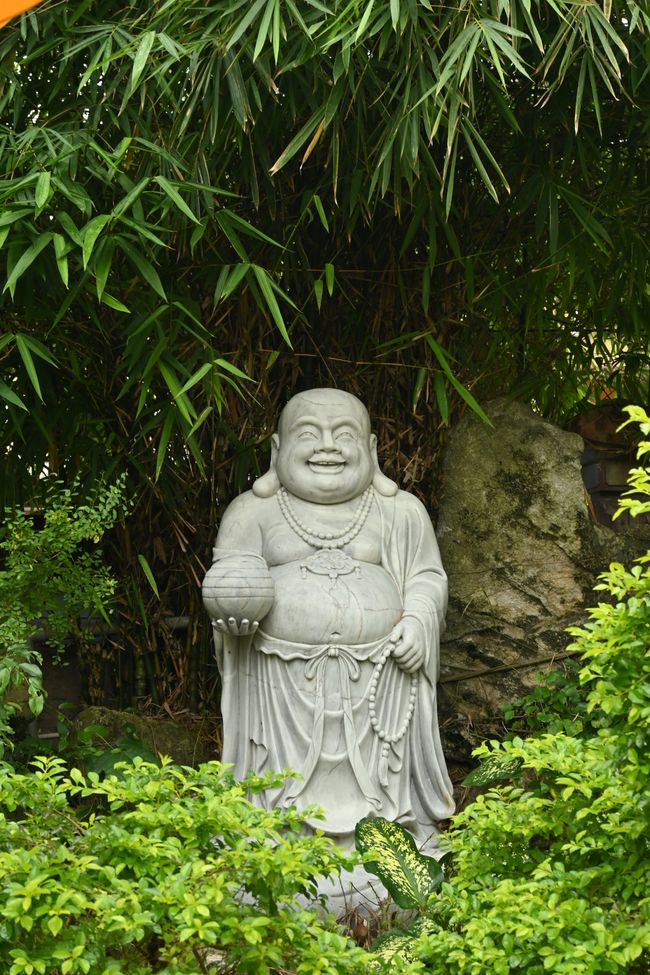
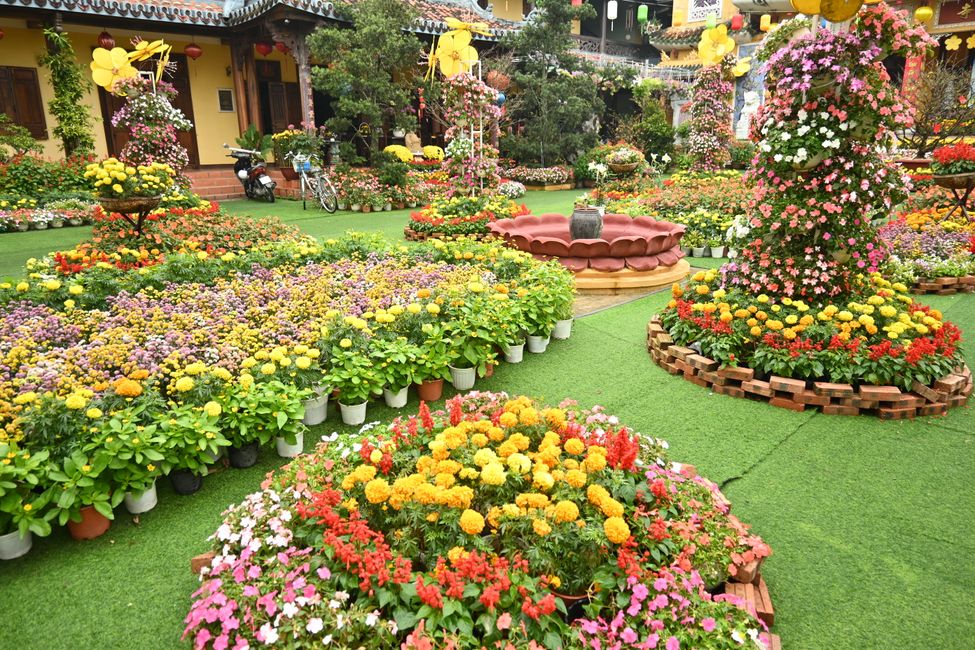
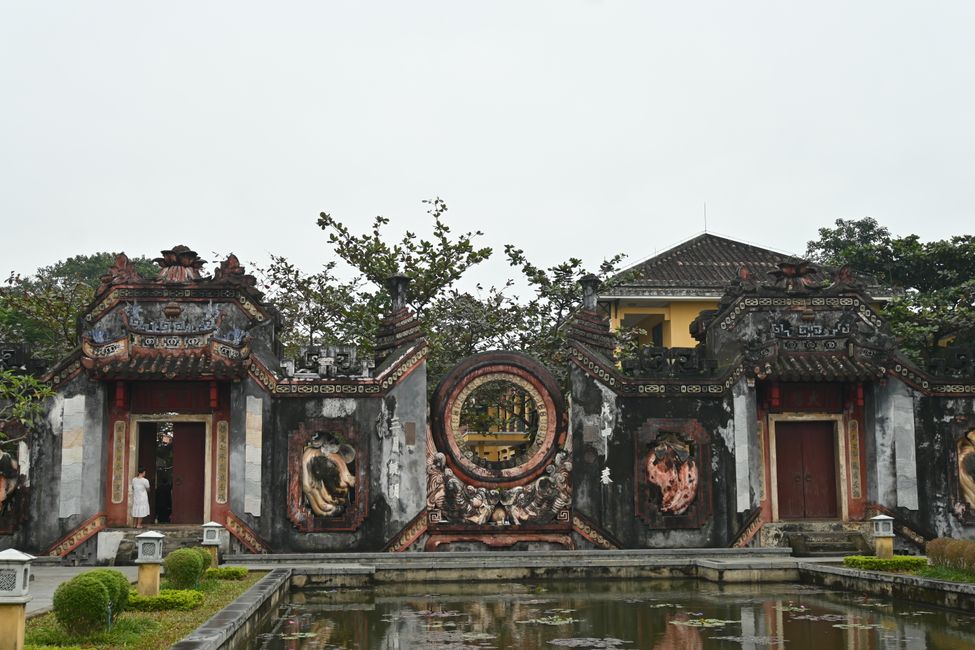
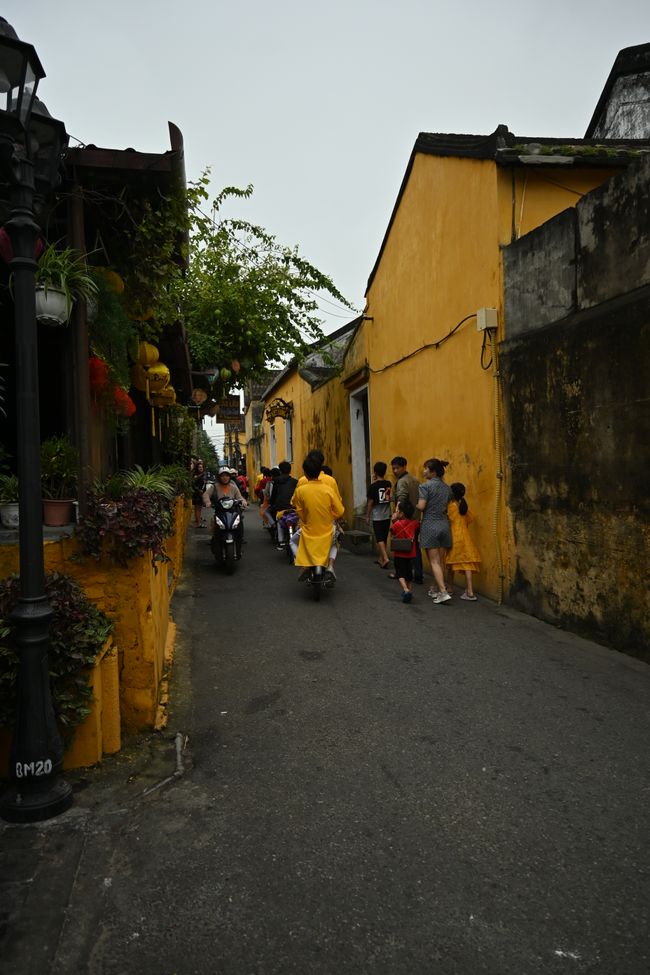
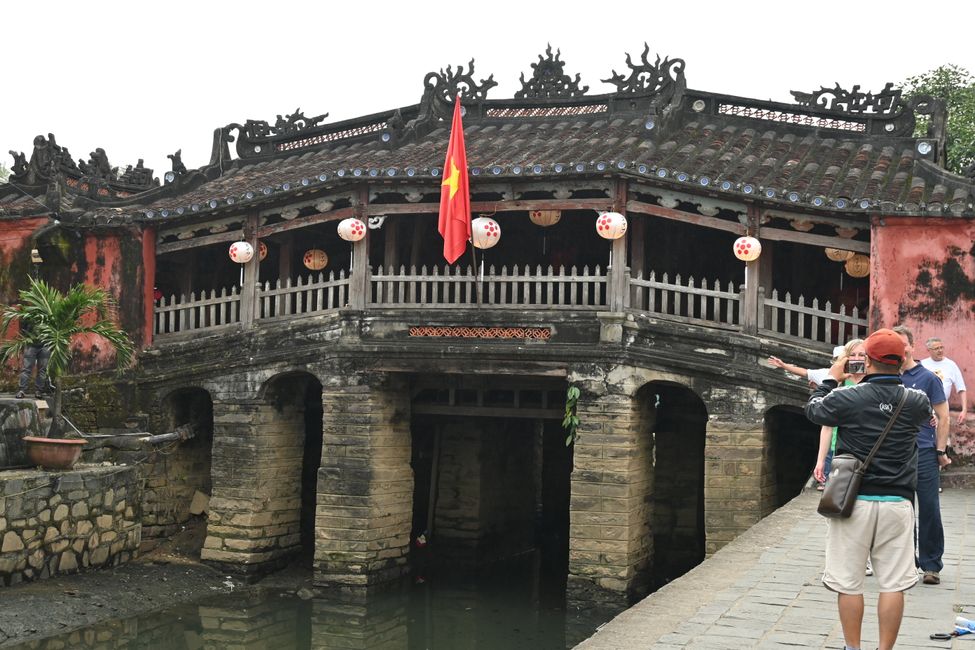
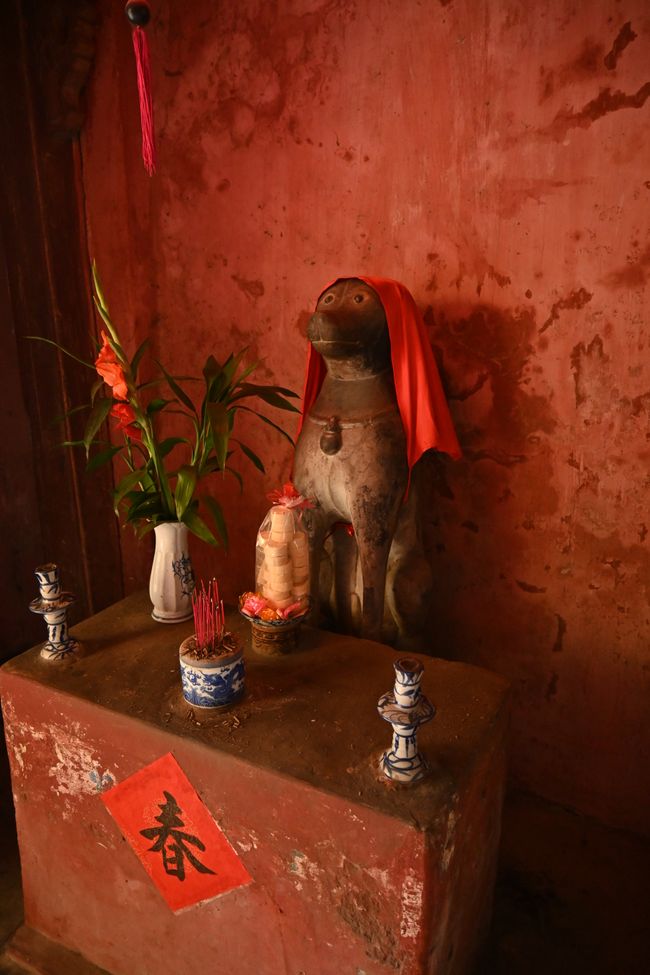
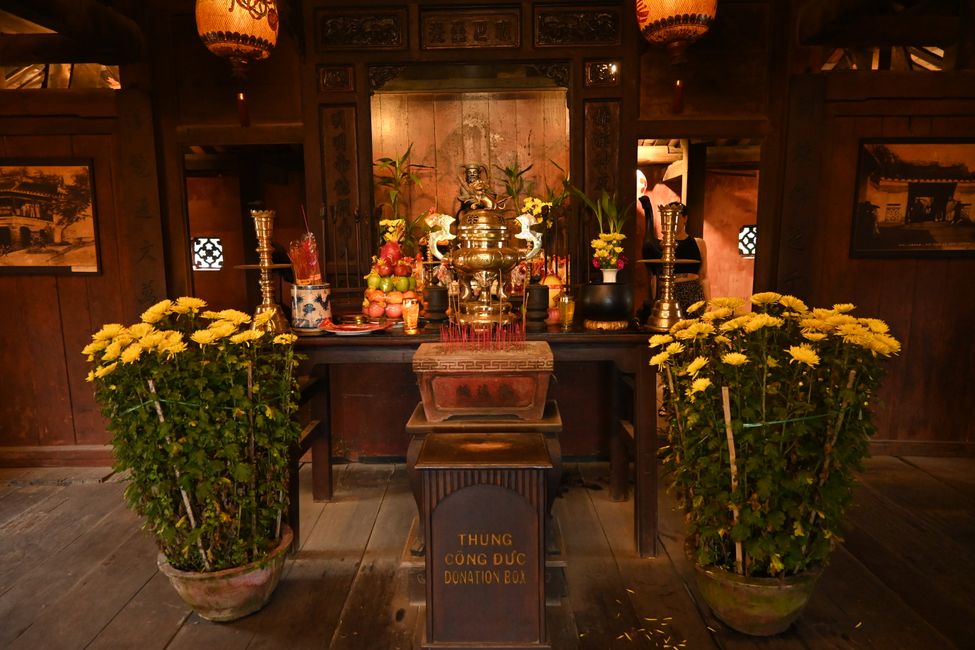
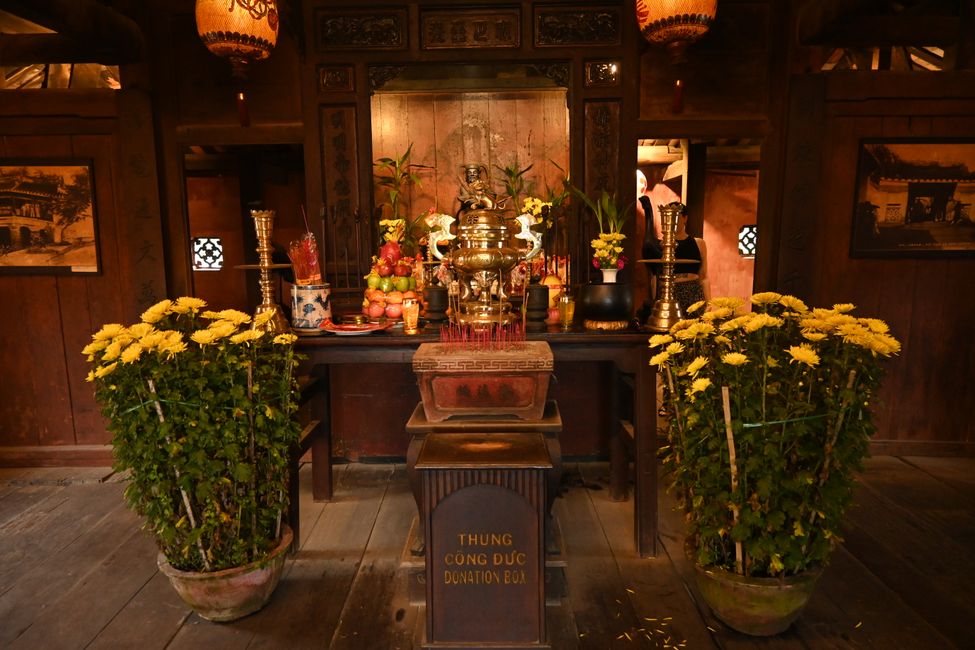
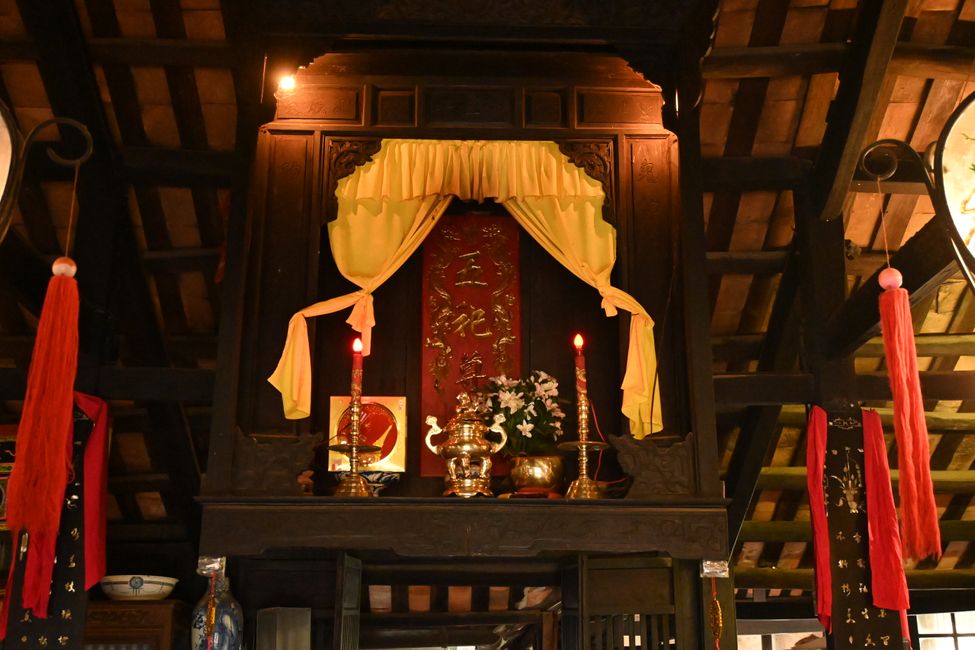
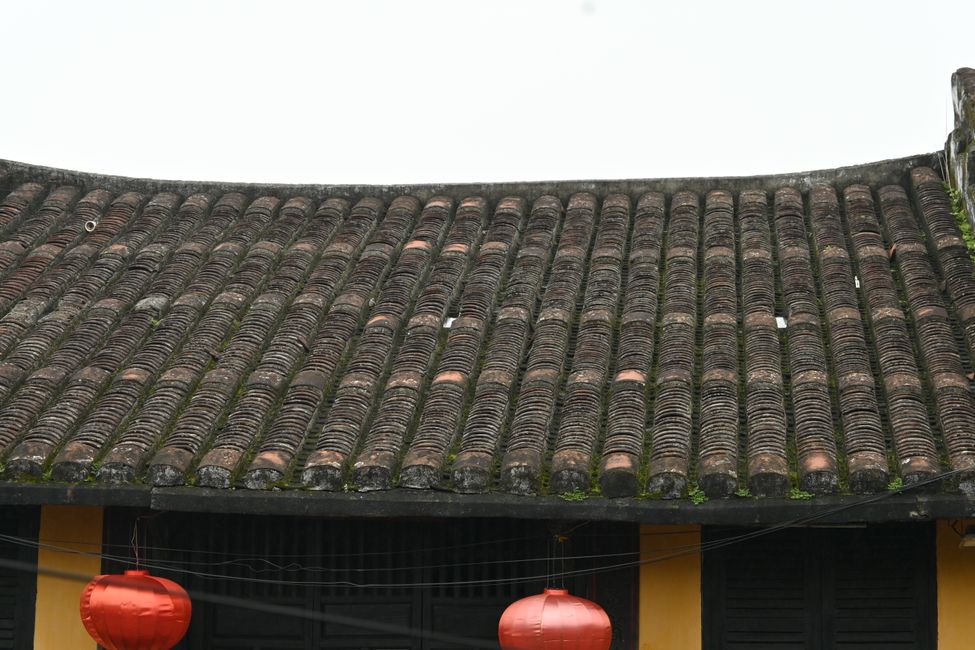
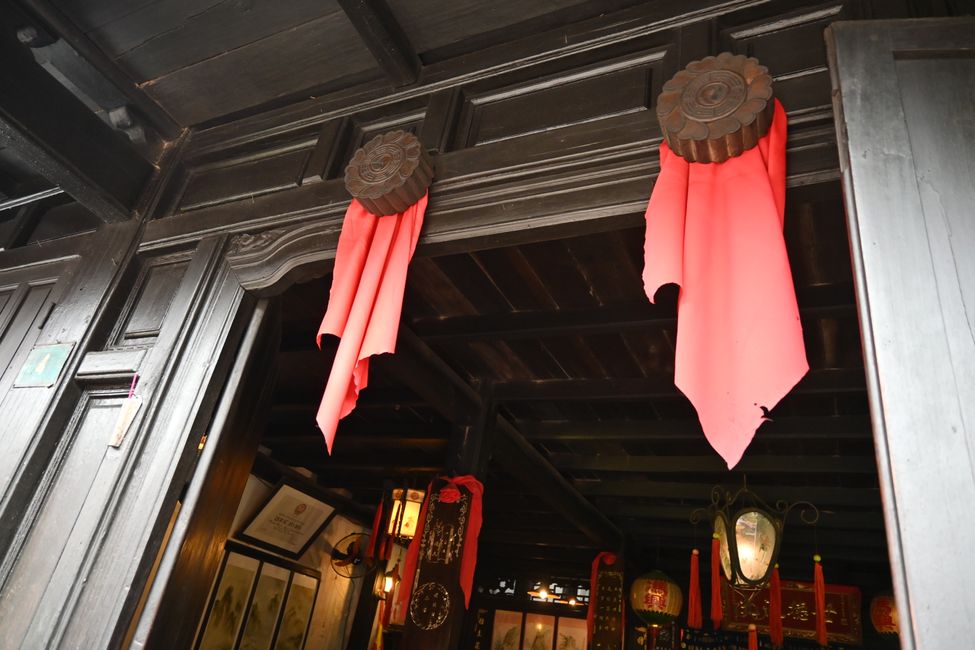
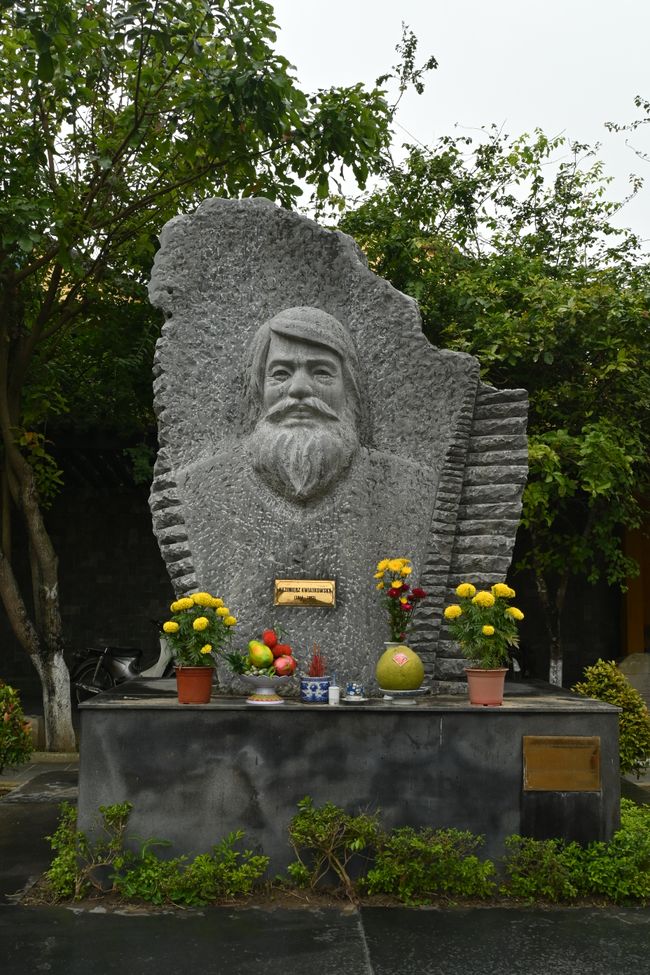
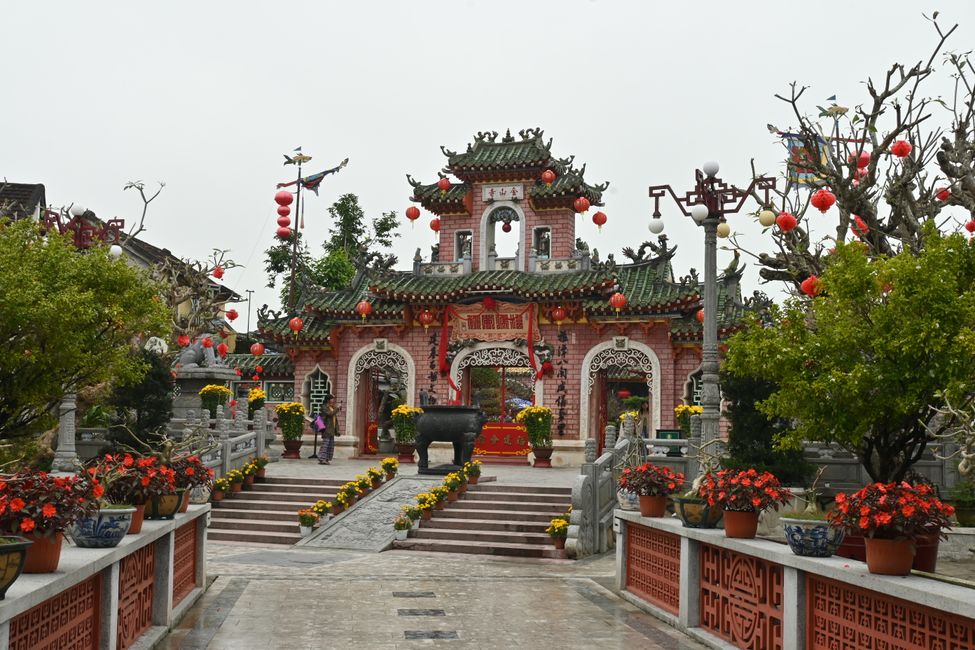
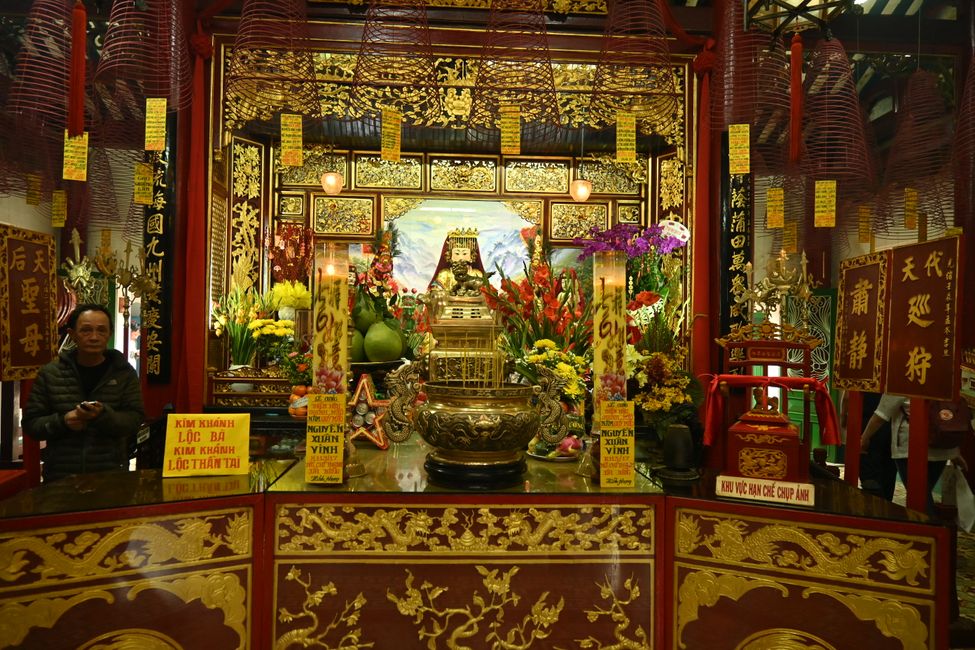
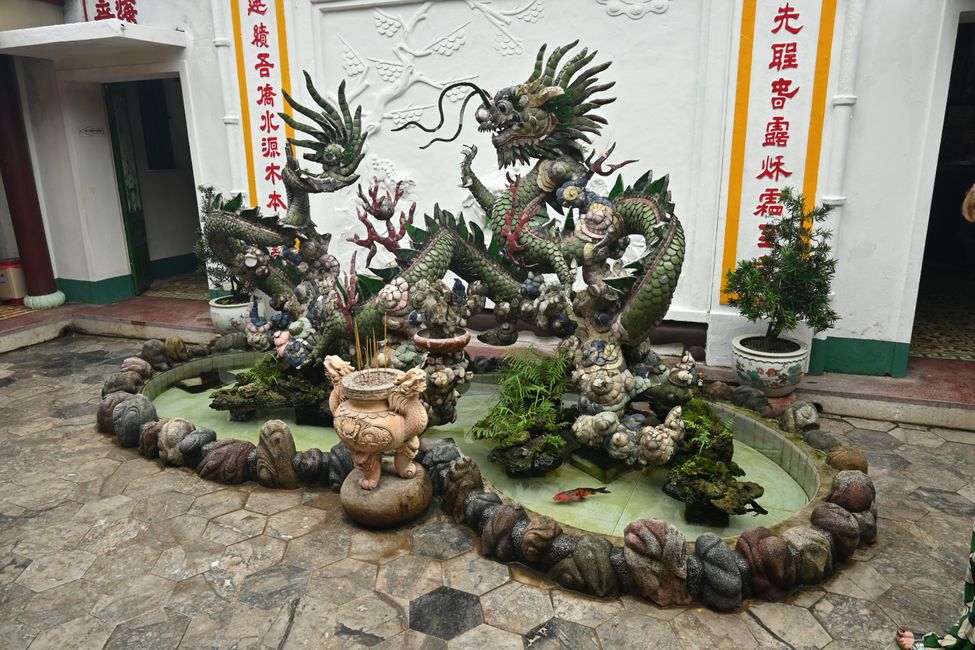
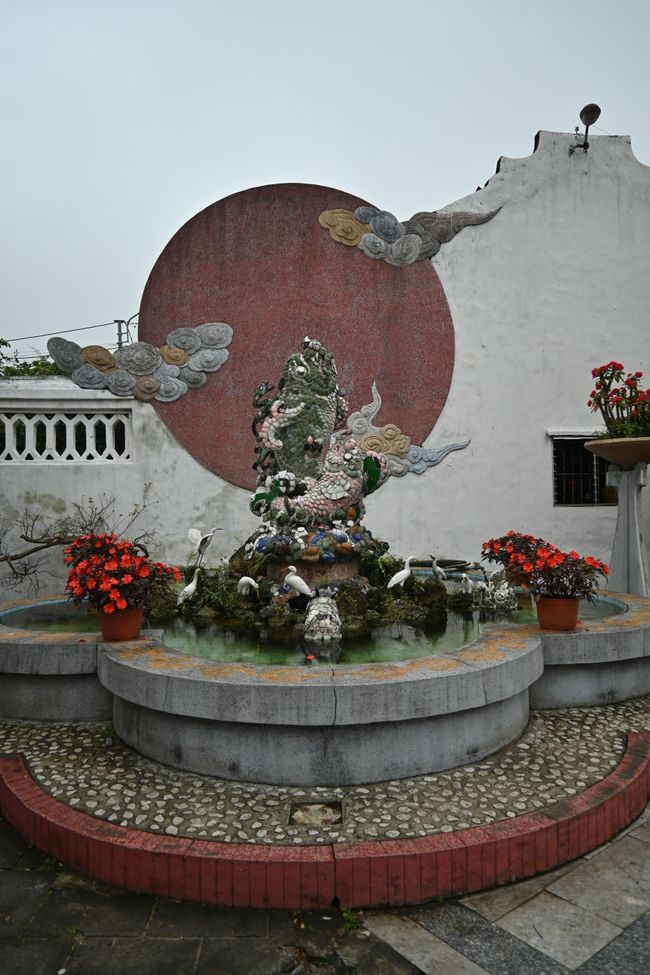
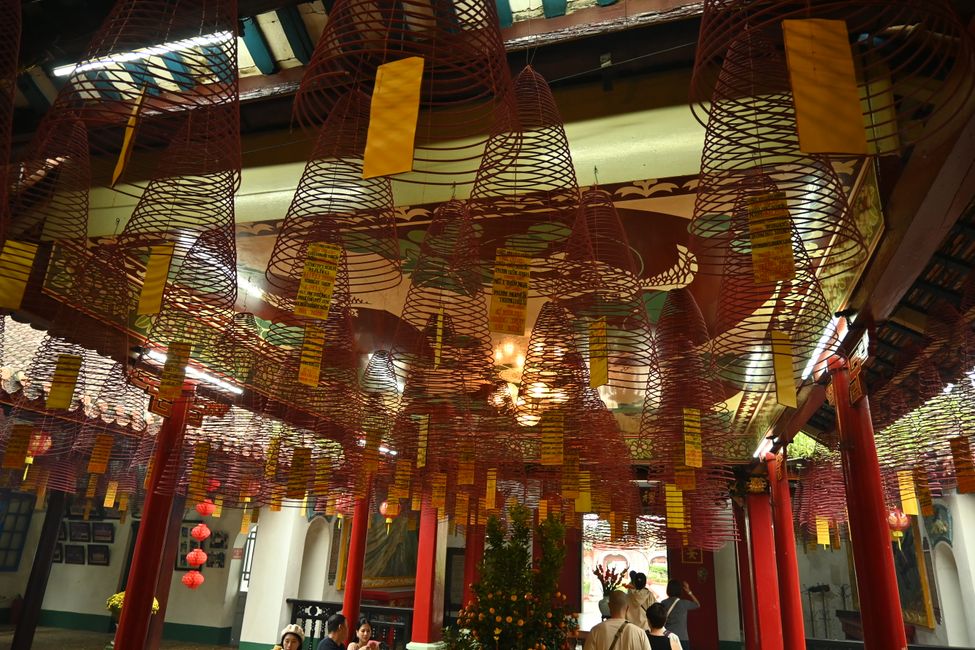
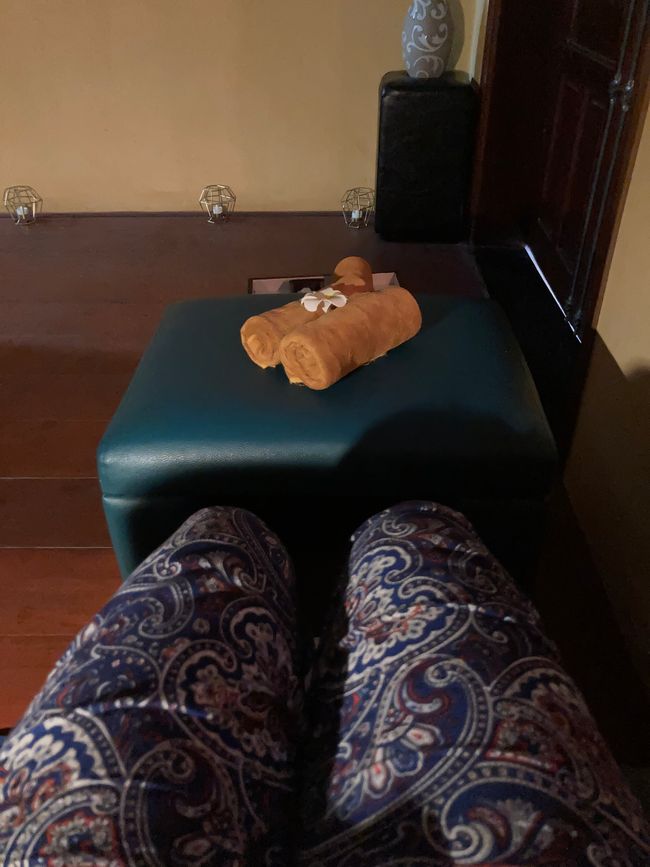
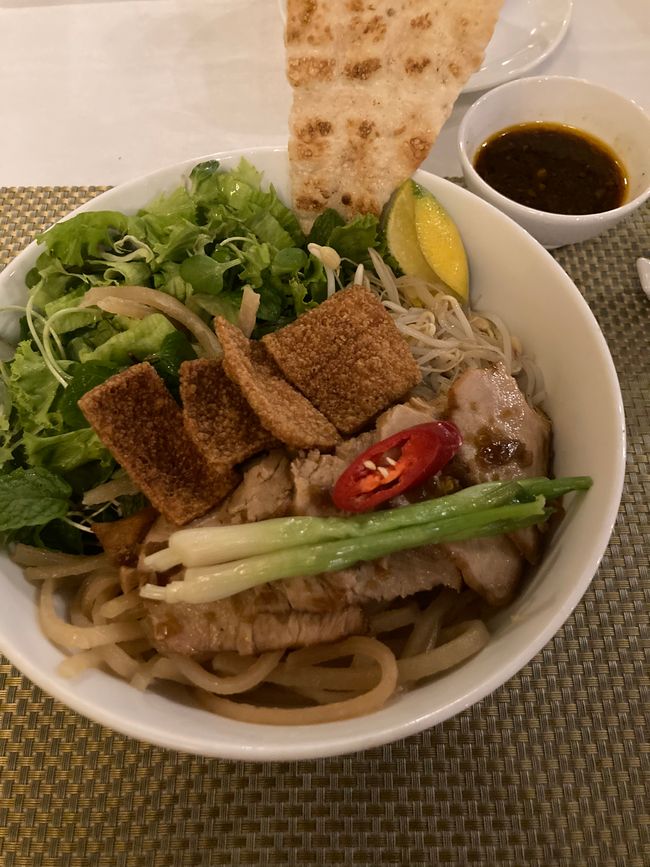
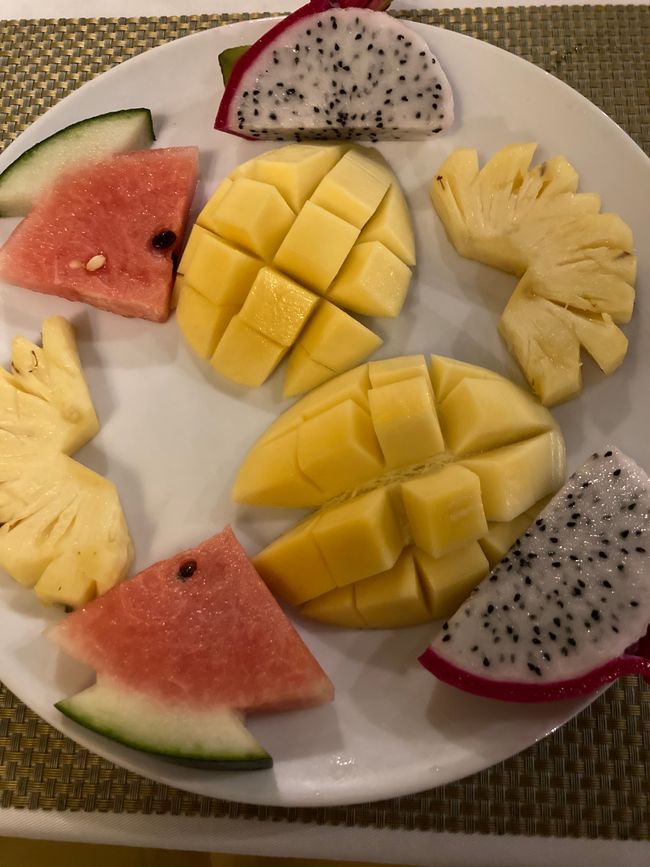
ಸುದ್ದಿಪತ್ರಕ್ಕೆ ಚಂದಾದಾರರಾಗಿ
Today was the first rainy day since my arrival in Vietnam. Appropriate for the rainy weather, I had booked a walking tour of Hoi An's old town the day before. Luckily, the rain in the morning was only very light, so it wasn't terribly disruptive for the tour. The tour itself was fantastic. There were only three of us - a young German couple and me - and we had a great guide, Bao, who shared a lot of knowledge with us. He is from the area around Hue and fell in love with Hoi An. You could tell that from the beginning to the end of the tour.

Hoi An's old town consists of three main streets that run parallel to the Thu Bon River, and many larger and smaller side streets that connect the main streets. Hoi An is over 400 years old and was the most important city for international trade in Vietnam for a long time. Due to its well-preserved old town and its historical significance, Hoi An is officially recognized as a cultural heritage site of Vietnam. First, Bao showed us the Phac Hat Pagoda and explained some principles of the Buddhist faith. Then we saw the remaining entrance gate of the no longer existing Ba Mu Temple.




After a traditional Vietnamese coffee from an old street vendor, Bao took us to the Japanese Covered Bridge. It was built in the late 16th century by the Japanese community in Hoi An and connected the Japanese with the Chinese quarter of the city. Attached to the bridge is a small temple dedicated to the weather god. Already in the 17th century, all Japanese had to leave the city because the Japanese emperor issued a decree that no Japanese person was allowed to trade outside the Japanese borders and also prohibited any trade between Japan and other countries.



Our second stop took us to the house of the Phung Hung family. The house was built in 1780 and is still in its original condition, now in its 8th generation of this family.




On a detour to the monument for the Polish architect Kazimierz Kwiatkowsky, we enjoyed a delicious herbal tea from Café Mot, which I will probably see every day from now on. Kazimierz Kwiatkowsky (the Vietnamese call him Kazik) discovered the potential of Hoi An in the 1980s and, through years of work and application, gave it the status of cultural heritage. Unfortunately, Kazik did not have the opportunity to enjoy the fruits of his work, as he unexpectedly passed away at the age of 53 during a trip to Hue. In his memory and in gratitude for his contributions, Hoi An erected a monument for him on the 10th anniversary of his death.

The last point of interest was the Assembly Hall with its attached temple of Phuoc Kien from the 17th century. Chinese immigrants from Fujian built it after fleeing the Qin rulers who replaced the Ming Dynasty. The temple is dedicated to the sea goddess, but numerous heroes and fertility deities are also worshipped there.





To conclude our tour, Bao took us to a vegan restaurant, as both of my tour companions were vegans. I took advantage of the welcome break from meat consumption and sampled the buffet.
For the afternoon, I chose a classic rainy day activity: wellness. While looking for the spa recommended by the hotel, I accidentally ended up in Hoi An's market hall. An eager stand owner, whom I wanted to ask for directions to the spa, promised me that she could recommend an excellent lady for my manicure right here in the market hall. She herself always went there and it would be much cheaper than the other salons. So, I let myself be convinced. The manicure I received was okay, but the price was way too expensive considering the surroundings - I should have negotiated - but now I have gained some experience. For example, Vietnamese women do not wash their own hair at home, but go to a trusted hair washer about once a week. They lie on their backs on soft beds. They lay their heads on a headrest wrapped in foil at the end of the bed. Underneath the headrest is a large tub, and inside the tub is a smaller tub. The hair washer sits on a stool in front of the tub and also covers her legs with foil. She has a 1-liter container to scoop water from the tub, a large electric kettle, and a hose for fresh water supply. The customer's hair is shampooed and rinsed several times and vigorously. A conditioner is also massaged into the hair. Finally, the hair is dried with a towel, a kind of oil is massaged into the scalp, and a hairdryer is used. The customer remains lying on their back throughout this whole process. It all seems very relaxing to me. Maybe I'll try it sometime.
Leaving the market building was extremely difficult. Once the stall owners noticed that there was a foreigner who had already used a service from someone, I became the coveted customer. Didn't I want to take a look at their beautiful souvenirs? They had such beautiful leather goods for me. Didn't I want to look at their clothes? I had to politely but firmly decline each one before the next one claimed me. And with each time, my friendliness decreased and my determination increased. At some point, I managed to escape outside.
A few steps back on the main street, my eyes fell on a sign for the spa I had been looking for. There, I also had a facial treatment and a pedicure. Both were very pleasant and made me forget about the market visit.

I ended the day with a meal at the Secret Garden restaurant. It is located in a small hidden alley of the old town and offers upscale cuisine. Guests dine in the midst of a green oasis. The evening is accompanied by the sound of a fountain. I ordered the local specialty Cao Lau. The thick noodles are made from fermented rice flour. Only five families in Hoi An know the secret of making these noodles and supply the whole city. The noodles are served with finely sliced meat, various green salads, and a very delicious sauce. Finally, I enjoyed a fruit platter. For all these delicacies, I only had to pay less than €8, despite the noble setting. If I'm not careful, I'll come home 5 kg heavier and won't fit into my tailor-made clothes anymore.


ಸುದ್ದಿಪತ್ರಕ್ಕೆ ಚಂದಾದಾರರಾಗಿ
ಉತ್ತರ
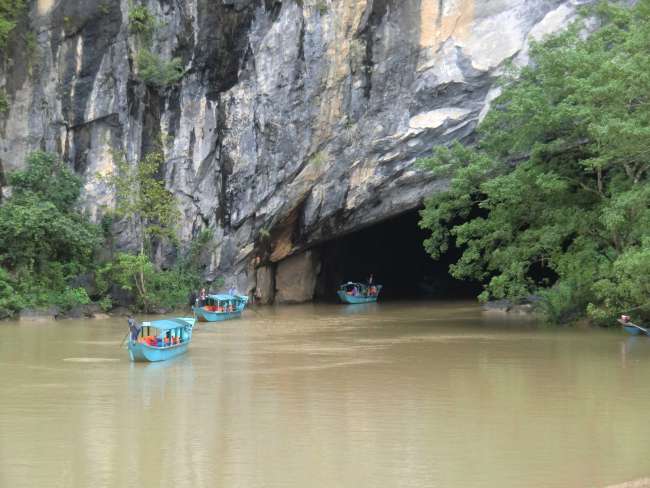
ಪ್ರಯಾಣ ವರದಿಗಳು ವಿಯೆಟ್ನಾಂ

